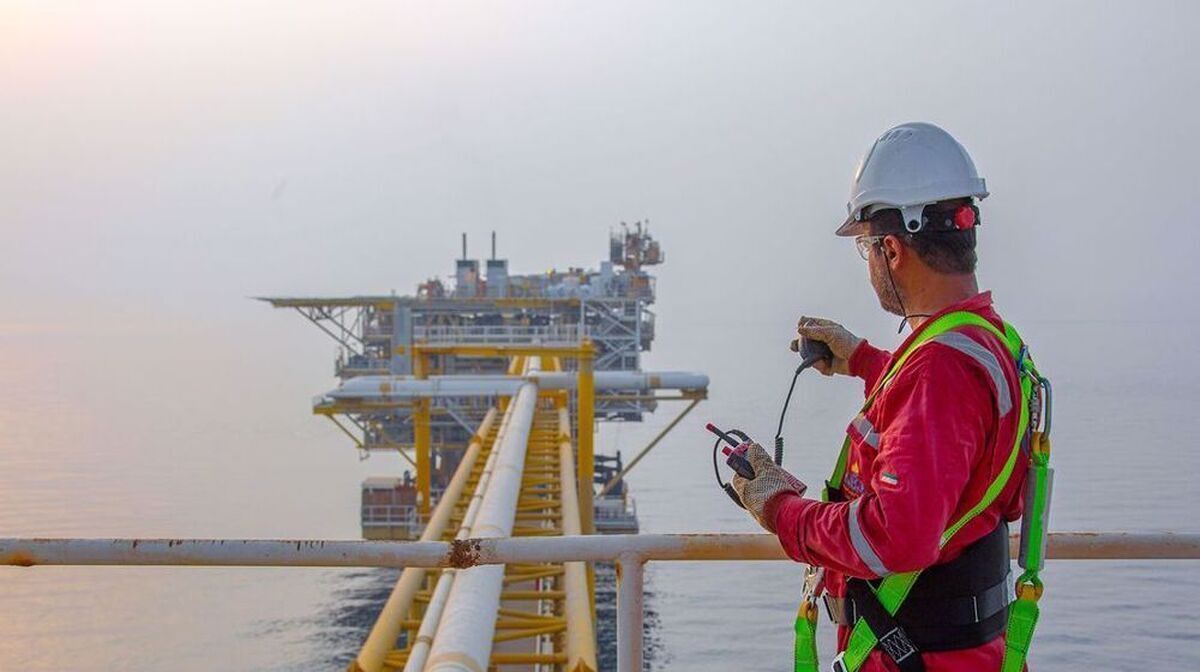
South Pars Gas Output to Rise by 100 Million cm/d
EghtesadOnline: Four more phases of South Pars Gas Field in Assaluyeh, Bushehr Province, will go on stream in the near future, the oil minister said.
"Phases 14, 22, 23 and 24 will become fully operational by March, raising natural gas output by 18% compared to 2018," Bijan Namdar Zanganeh said, ILNA reported in Tuesday.
Current gas production, he said, is 570 million cubic meters per day and will rise by 100 mcm/d in less than a month.
"The number of operating phases will have reached 23 when the new phases come on stream," Zanganeh said, adding that there are 30 offshore platforms up and running in the world’s biggest gas field, Financial Tribune reported.
National Iranian Oil Company is developing the mega gas project in 24 phases, minus Phase 11.
The minister said since 2001 NIOC has drilled 293 wells and laid 3,000 kilometers of subsea pipelines in the giant reservoir shared with Qatar. Moreover, 50 gas sweetening trains in onshore refineries process sour gas before being injected into the Iran Gas Trunkline (IGAT).
Gas production from the field started in 2001 at 2 mcm/d.
Except for the first few phases that were developed in cooperation with multinationals like France's Total, large parts of the projects were undertaken by domestic companies.
Iran Marine Industrial Company (SADRA), Petropars, the Oil Industries Engineering and Construction Company, MAPNA as well as the Industrial Development & Renovation Organization of Iran (IDRO) have had major roles in South Pars.
Asked about other products, Zanganeh said, "Output of hydrocarbon compounds such as propane and butane will reach 10 million tons per day by March."
Daily sulphur and condensate production from the field is 3,500 tons and 800,000 barrels that is projected to rise to 5,000 tons and 960,000 barrels per day.
South Pars is the world's largest gas field, shared between Iran and Qatar, covering an area of 3,700 square kilometers of Iran's territorial waters in the Persian Gulf.
More than $72 billion has been invested in the giant energy venture since work started almost two decades ago.




